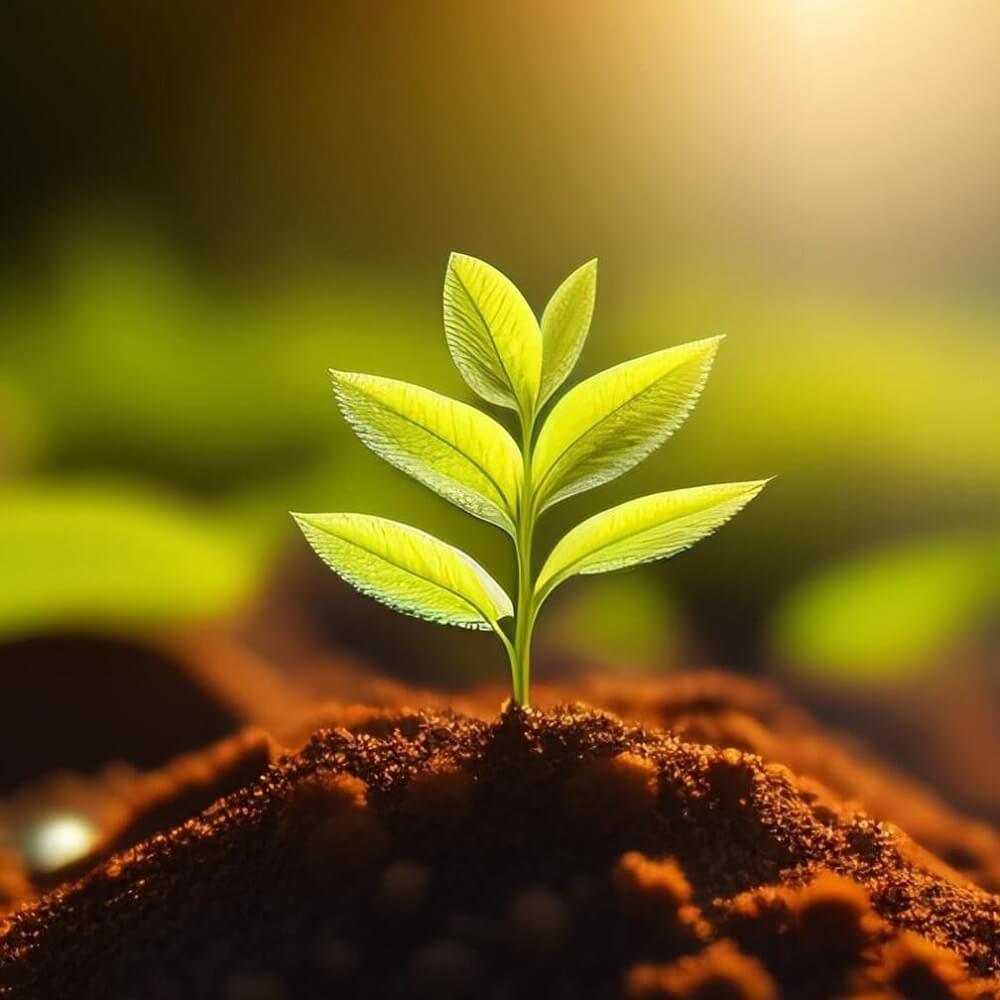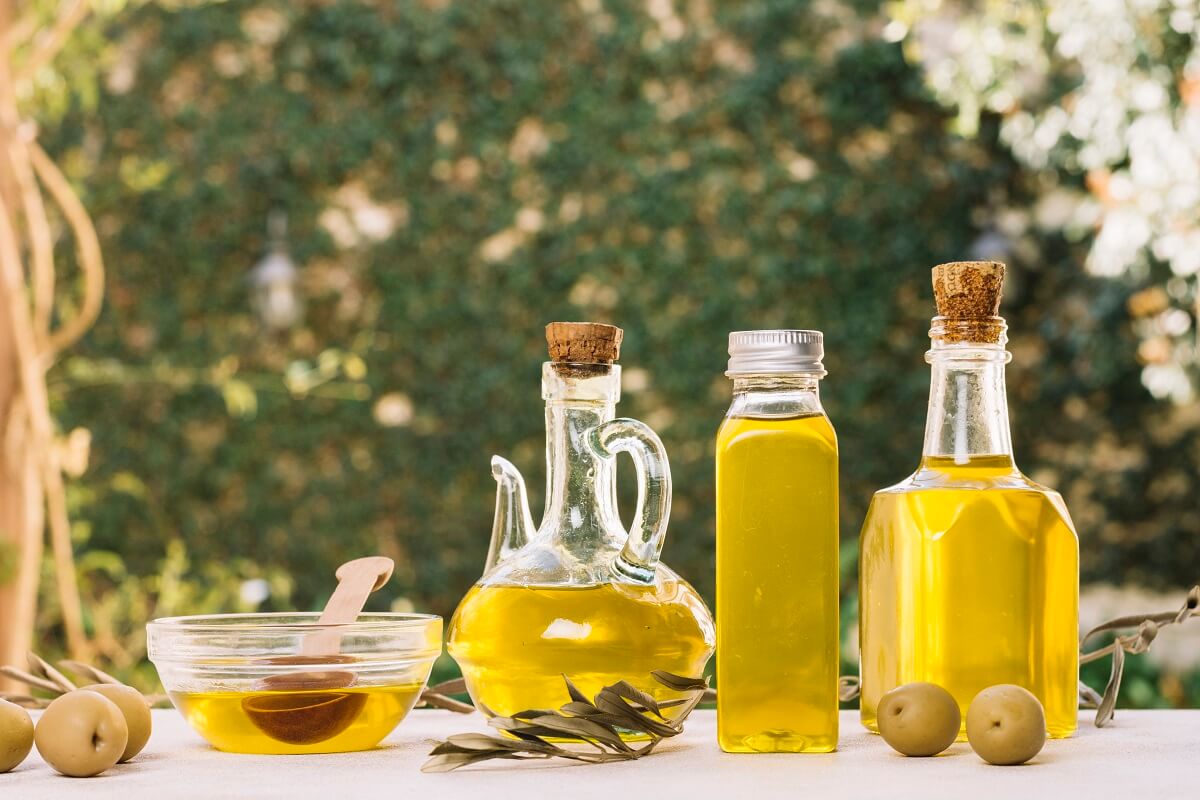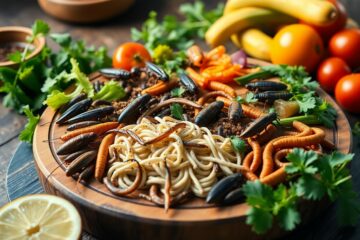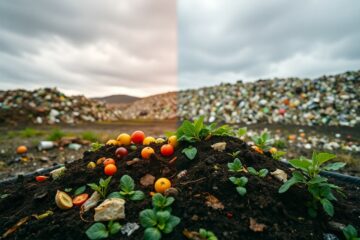Traditional herbal remedies have been used by herbalists and pharmacists for centuries. Herbs are about more than just taste and smell. Their healing and regenerating properties are impressive. Concentrated doses of strong, nutritious ingredients support the treatment of skin and stomach problems, help soothe the nerves and make it easier to fall asleep. What herbs should you have in your home medicine cabinet? How to use the healing properties of herbs?
Herbs have a special place in medicine. For centuries, they have been used in folk medicine as natural medicines to relieve popular ailments. Herbal medicine, despite the passage of time, is not losing its popularity. It develops in parallel to conventional medicine and is the most popular form of therapy aimed at positively influencing the health condition and efficiency of the body.
Table of Contents
The popularity of herbs in home medicine chests
An undoubted brake in the use of herbs in home medicine is the low awareness of their properties and the action of individual chemical compounds contained in medicinal plants. There are also a number of contraindications to herbal treatment. However, it is worth getting acquainted with the properties of well-known and widely available herbs, because their properties may surprise you. What herbs should you have in your home medicine cabinet?
The three most popular ways to prepare herbs
The infusion is a solution that allows you to extract the active substances. Herbs are poured with hot water. The mixture is kept in a porcelain vessel with a cover until it cools down. Then the brew prepared in this way is drained. A characteristic feature of the infusion is that it is suitable for consumption immediately after preparation. It can also be used for compresses or washing the body surface.
A decoction is a type of herbal medicine. The herbs are poured over with water, then brought to a boil for about 5-30 minutes, covered. The decoction prepared in this way is drained and eaten immediately after preparation.
The tincture is an alcoholic plant extract. The herbs are poured with 70% alcohol. It is made up in an airtight vessel and left for 4 to 6 weeks. After the specified time has elapsed, the tincture should be strained and preferably poured into a dark bottle.
Which herbs heal?
There are plenty of herbs with healing properties. Below we present the most frequently selected herbs and the scope of their activity. Before starting therapy, it is always worth consulting the treatment with your doctor.
Chamomile – healing properties
Chamomile has anti-inflammatory, anti-allergic, anti-swelling properties, narrows capillaries, relieves neuralgia and helps soothe colic in babies. It also relieves nausea during pregnancy and period pains. It is used in the form of inhalation for asthma, rhinitis and sinusitis. In cosmetics, it is used to wash the face, thanks to which the skin is healthy and soft to the touch.
Mint – healing properties
Mint stimulates the production of gastric juices and bile, and helps the intestines work. It has antiseptic, antiperspirant, antibacterial and calming and disinfecting properties. It anesthetizes by irritating the sensory nerves, and also cools down by stimulating the nerves.
Lemon balm – healing properties
Lemon balm is a universal healing herb that helps relieve anxiety and insomnia. It has a soothing effect on wounds, cold sores, insect bites, gas and stomach upsets. Accelerates the healing of wounds and skin irritations.
Sage – healing properties
Sage is a herb that soothes irritations in the mouth and throat. It is also often used to disinfect the mouth during toothache.
Thyme – healing properties
The active ingredient in thyme, thymol, is a powerful antiseptic. Used for cough, indigestion or gas.
How to use herbs as medicaments?
We use herbs most often in the kitchen, where we add them to dishes to give them a characteristic taste and smell. A common way to use herbs is to make herbal infusions and drink herbal instant teas. Herbs are also used for inhalation and added to home-made sausages for the skin. Herbal extracts can also be found in many creams and cosmetic preparations, dietary supplements and pharmaceutical drugs, e.g. to relieve colds or to support concentration and good sleep.

Our contributing author is a passionate advocate for eco-friendly living and sustainability. With a background in eco-life, they are dedicated to inspiring and empowering individuals to adopt environmentally conscious lifestyles. Through insightful articles, they share practical tips, innovative solutions, and thought-provoking perspectives to promote a greener, more sustainable world. Join them on the journey towards eco-smart living and discover how small choices can make a big impact. 🌱









